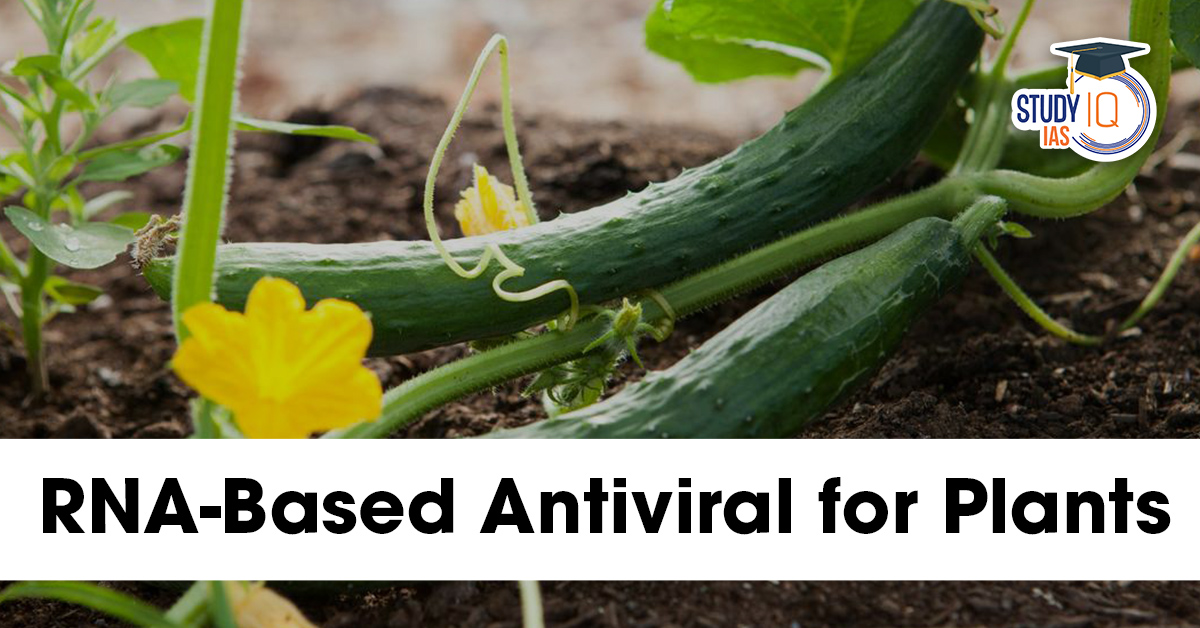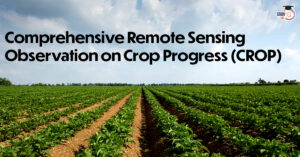Table of Contents
Context: According to the U.N. Food and Agriculture Organisation (FAO), plant pests and diseases destroy nearly 40% of the world’s annual crops, costing the global agricultural economy more than $220 billion.
About Cucumber Mosaic Virus (CMV)
- Cucumber Mosaic Virus (CMV) is one of the most destructive plant viruses, affecting over 1,200 plant species, including food crops like cucumbers, squash, cereals and medicinal plants.
- It is responsible for significant yield losses, particularly in banana plantations (25-30%) and pumpkins, cucumbers and melons (up to 70%).
- Impact of CMV on Crops
- In India, CMV is a major cause of yield losses in banana plantations and several other crops.
RNA-Based Antiviral for Crop Protection
RNA Silencing and Plant Immunity
- Plants have an immune response known as RNA silencing, which is activated when a virus introduces double-stranded RNA (dsRNA) into the plant.
- The plant uses Dicer-like enzymes (DCLs) to process dsRNA into small interfering RNAs (siRNAs).
- These siRNAs guide the plant’s immune system to recognize and destroy viral RNA, preventing the spread of infection.
- Problem with Plant’s Natural Defense:
- Sometimes, the plant’s natural defence doesn’t work perfectly.
- Some viruses, like the CMV, change quickly and can escape the plant’s defence.
Techniques invented by scientists to boost plants’ natural defence
- Host-Induced Gene Silencing (HIGS): Scientists modify plants so they make special RNA inside their cells. This RNA protects the plant from viruses. However, this method requires genetic modification and can be expensive.
- Spray-Induced Gene Silencing (SIGS): In this method, farmers spray RNA directly onto the leaves of plants. The RNA helps the plant fight the virus without changing the plant’s genes. It’s cheaper and easier than genetic modification.
Latest Innovation
- Researchers have created a better RNA called “effective dsRNA“. This is specially designed RNA that works better at protecting plants.
- Instead of just using random RNA, they use highly effective RNA that targets the virus more precisely. This means the plant can fight off the virus strongly and more effectively.
- It is more Targeted & has a Stronger defence.


 Comprehensive Remote Sensing Observation...
Comprehensive Remote Sensing Observation...
 Perovskite Solar Cells, Objective and Ch...
Perovskite Solar Cells, Objective and Ch...
 Navy-Marine Expeditionary Ship Interdict...
Navy-Marine Expeditionary Ship Interdict...





















